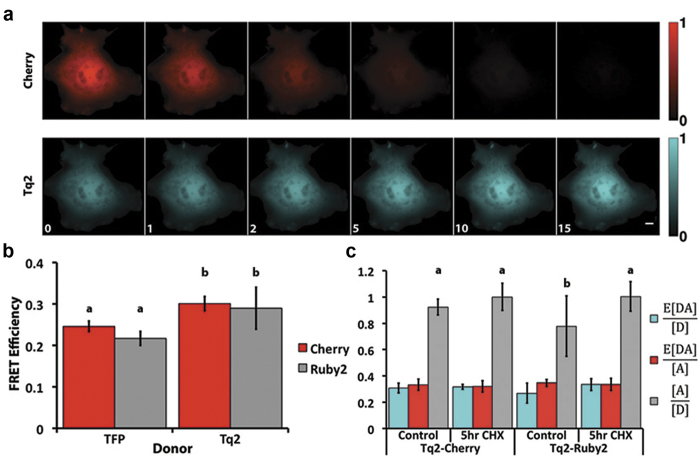Figure 4. Tq2 is the optimal cyan FRET donor and mCherry, which matures rapidly, is the optimal red acceptor.
a. COS-7 cells were transfected with Tq2-Cherry, and the acceptor was selectively photobleached by collimated 561 nm laser illumination (4500 ms pulse at 95 W/cm2; 15 cycles). b. Summary of the average FRET efficiency for each cyan-red construct. FRET efficiency was measured using acceptor photobleaching for either TFP or Tq2 as the donor and mCherry or Ruby2 as the acceptor. Error bars are standard deviation with N = 30. Bars not connected by the same letter are statistically significant (p < 0.05) Two-way ANOVA followed by Tukey HSD post hoc comparison of means. c. The red fluorophore maturation is compared following treatment with 100 μg/mL CHX for 5 hrs. The [R] to [C] ratio recovered from N-way FRET increases from 0.78 to approximately 1 at steady state for Tq2-Ruby2, and increases from 0.92 to 1 for Tq2-Cherry. Notice E[DA]/[D] increases with cycloheximide treatment as more acceptors mature, but E[DA]/[A] is unchanged; error bar N = 10. (p < 0.05) Two-way ANOVA followed by Tukey HSD post hoc comparison of means. (Significance for E[DA]/[A] and E[DA]/[D] not shown for clarity.)

